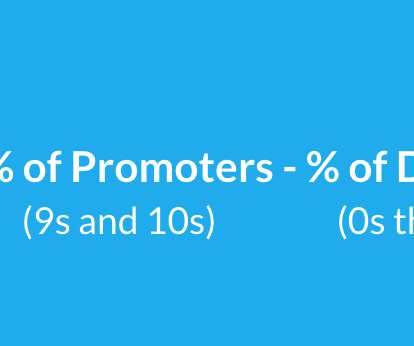Can 360-degree Feedback Predict Operational Performance?
DecisionWise
JULY 17, 2024
Still, while these tools have proven invaluable, most organizations struggle to link these nonfinancial metrics with operational results. We refer to this time between an individual’s behavior and when it affects the team’s engagement, which eventually influences financial and operational performance, as the “Performance Lag Cycle.”























































Let's personalize your content